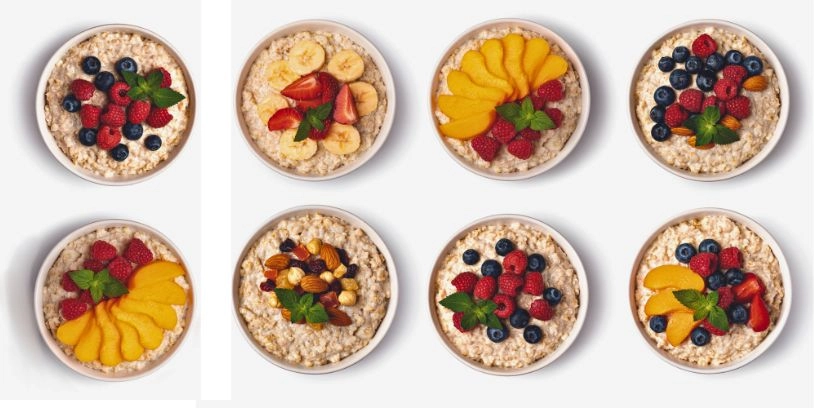I have known oat since I was a child. I would see my grandmother in the kitchen preparing a liquefied drink with milk and a white powder that came out of a jar with the image of a man with a hat. It was thick and white. My grandmother said it was very nutritious and I should drink it to promote my growth.
I grew up at an average height as a good Hispanic woman, and in my childhood memories, the oat drink was very refreshing, which marked the flavors coming from home. Today, in my adult mind, it leads me to crystallize its image as a conclusively nutritious food.
Organic and gluten-free health food trends are shaping the consumption patterns of new and not-so-new generations with the idea that eating healthy positively impacts our health and aging.
Thinking about the consumption of foods that come from the earth and that are not mainly processed invites us to open ourselves to having new foods present on our table that, for sure, our body will receive with much gratitude.
Also, in this new digital era, influencers, and health experts have become our references, advising us on what it means to “eat well.” Oats and oatmeal recipes are at the top of the list of the most recommended healthy foods. Let’s see why.
Some benefits of daily oats consumption:
- Its soluble fiber content benefits people with diabetes by favoring starch digestion and stabilizing sugar levels, especially after eating.
- It is a powerful antioxidant thanks to avenanthramide, which helps fight cellular oxidation.
- Its consumption helps regulate blood pressure because its antioxidant property contributes to the increase of nitric oxide. This compound promotes the dilation of the bloodstream.
- Its high content of soluble fiber (beta-glucan) contributes to its fermentation, allowing it to have a prebiotic effect. Helps nourish and grow beneficial bacteria in the intestine.
- It increases the feeling of satiety, making it ideal for dieters.
- Its essential amino acids help produce and develop new tissue in the body.
- The unsaturated fats that compose it, such as omega 6, benefit the decrease of bad cholesterol levels or LDL.
- It facilitates intestinal transit and prevents constipation.
Oats are a type of cereal belonging to the Poaceae family. Two cultivated species are known: Avena sativa and Avena byzantina. The most popular types are steel-cut, flaked, and instant oatmeal.
Oats are known for their richness in proteins, fats, and vitamins such as B6, E, and B5. Also, for its minerals such as iron, selenium, manganese and copper. It also has antioxidants and essential amino acids, hence its power to provide energy.
Related Article: Avelina: For the love of oats!
Some Oat market data
Oat production and consumption have been increasing in recent years. According to The Observatory of Economic Complexity, in 2021, oats were the 2,083rd most traded product in the world (out of a total of 4,641). In the same year, the leading producer-exporters of oats were Canada, Australia, Finland, Sweden and Poland. The top importers were the United States, Germany, China, the Netherlands, and Belgium.
Approximately 2,013 oats arrived in the United States in 2021; in 2022, 2,278 tons; and in 2023 2,265 tons, making the U.S. the world’s leading cereal importer.
According to Mordor Intelligence, an analyst consultant and generator of reports on global markets, the current behavior of the oats market continues to grow: “North America has the largest market share. The oats market is expected to grow from $4.39 billion in 2023 to $5.4 billion in 2028.”
Mordor Intelligence adds that consumers’ changing lifestyles, including opting for light and healthy meals, drive demand for oats.
“The high nutritional content of oats is the main driver of the market. In addition, an increase in preference for healthy meals and demand for convenience foods is also driving the oats market. Moreover, its added functional properties enhance its usage by consumers, and it is observed to be mainly consumed as a breakfast food.”


